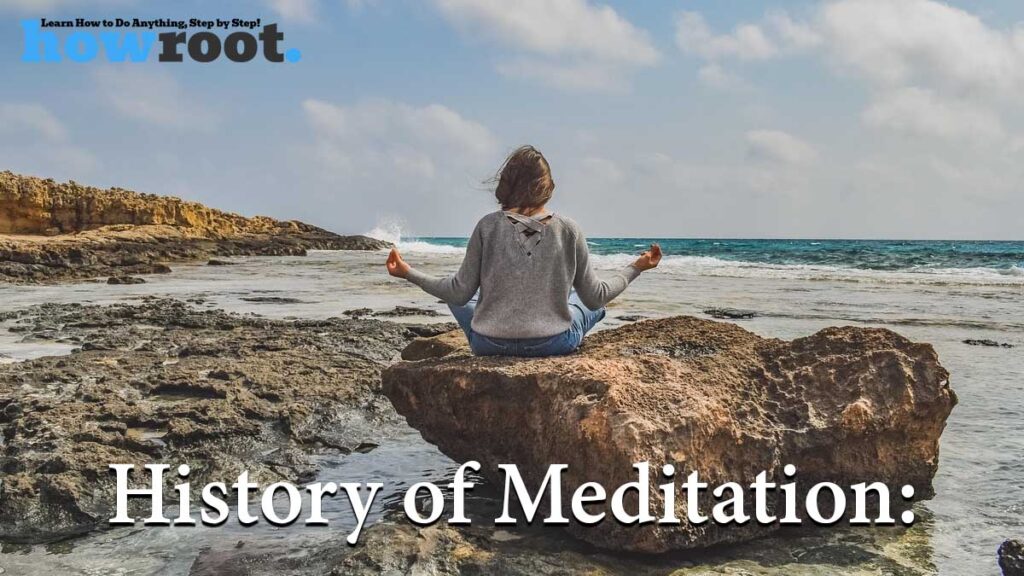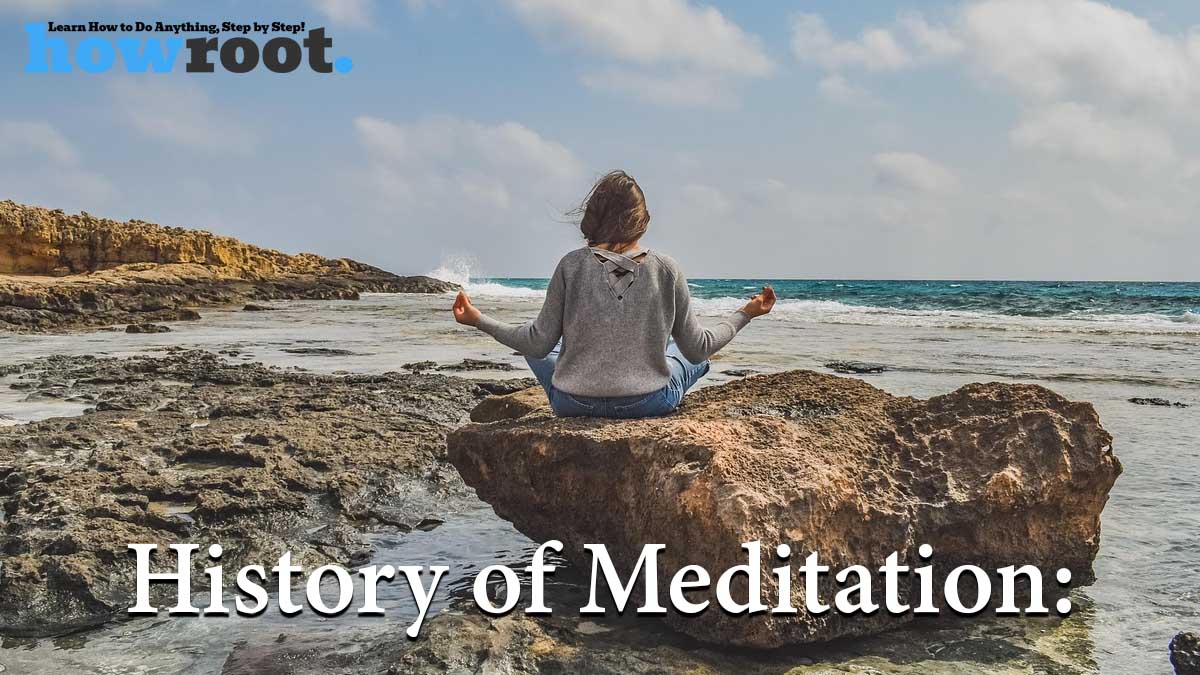Meditation is an ancient practice of focusing the mind and achieving a state of inner peace, awareness, and clarity. It is not just a spiritual activity but also a scientifically recognized technique for reducing stress, improving mental health, and enhancing overall well-being. The origins of meditation date back thousands of years, and its journey from ancient traditions to modern wellness trends is truly fascinating.

Early Beginnings of Meditation
The exact origins of meditation are difficult to trace, but archaeological and historical evidence suggest that humans have been practicing meditative techniques for over 5,000 years.
Indus Valley Civilization (2500–1500 BCE): Archaeologists have discovered ancient seals and figures in meditative postures, similar to yoga poses. These findings suggest that meditation was an important spiritual practice even in prehistoric South Asia.
Vedic Traditions of India (1500 BCE onward): The earliest written records of meditation are found in the Vedas, the sacred Hindu scriptures. The practice, known as Dhyana in Sanskrit, was considered a path to self-realization and union with the divine.
Meditation in Ancient India
India played a central role in the development of meditation techniques.
- Hinduism: Meditation was deeply connected to yoga. Ancient yogis believed that through Dhyana, one could achieve Samadhi — the highest state of spiritual absorption.
- Buddhism: Around the 5th century BCE, Siddhartha Gautama (the Buddha) attained enlightenment through deep meditation under the Bodhi tree. His teachings emphasized mindfulness (Vipassana) and concentration (Samatha) as core practices.
- Jainism: Jain monks also used meditation as a tool for self-purification and liberation from the cycle of birth and death.
Meditation Beyond India
From India, meditation practices gradually spread across Asia and took on different cultural forms.
- China: Around the 5th–6th centuries CE, Buddhist monks introduced meditation to China. Taoist philosophers also developed their own meditative techniques, focusing on harmony with nature and inner energy (Qi).
- Japan: Meditation arrived in Japan with Zen Buddhism in the 7th century. Zen meditation (Zazen) emphasized sitting in stillness to experience direct insight into reality.
- Tibet: Tibetan Buddhism developed unique forms of meditation involving visualization, chanting (mantras), and compassion practices.
Meditation in the Western World
For centuries, meditation was primarily an Eastern practice. However, in the late 19th and early 20th centuries, it began to gain attention in the West through scholars, travelers, and spiritual teachers.
- Early pioneers like Swami Vivekananda introduced meditation to audiences in Europe and America in the 1890s.
- In the 1960s and 1970s, meditation became more popular in the West due to the influence of Indian gurus, the rise of yoga movements, and scientific interest in mindfulness.
Scientific Study of Meditation
From the mid-20th century, scientists began studying meditation’s effects on the human brain and body. Research has shown that regular meditation can:
- Reduce stress and anxiety
- Improve focus and concentration
- Lower blood pressure
- Boost emotional well-being
- Enhance creativity and problem-solving skills
These findings helped meditation gain acceptance not only as a spiritual practice but also as a tool for mental and physical health.
Modern Meditation Practices
Today, meditation is practiced worldwide in many different forms:
- Mindfulness Meditation: Focusing on the present moment without judgment.
- Transcendental Meditation: Repeating a mantra silently to reach deep relaxation.
- Guided Meditation: Using audio or visual guidance to lead the mind into a relaxed state.
- Loving-Kindness Meditation: Cultivating compassion and positive emotions toward oneself and others.
- Movement-Based Meditation: Practices like Tai Chi, Qigong, and walking meditation.
Modern technology has also made meditation more accessible. Mobile apps, online courses, and guided videos have brought this ancient practice into people’s daily routines.
Meditation’s Global Impact
From ancient caves and temples to modern offices and wellness centers, meditation has traveled a long way. It is now recommended by doctors, used in schools to help students focus, and practiced by athletes to improve performance. Businesses also use meditation to reduce workplace stress and increase productivity.
Conclusion
The history of meditation reflects humanity’s deep desire for peace, clarity, and understanding. From its origins in ancient India to its widespread popularity today, meditation has evolved into a universal practice that transcends culture, religion, and geography. Whether for spiritual growth or mental health, meditation continues to offer timeless benefits in our fast-paced modern world.

